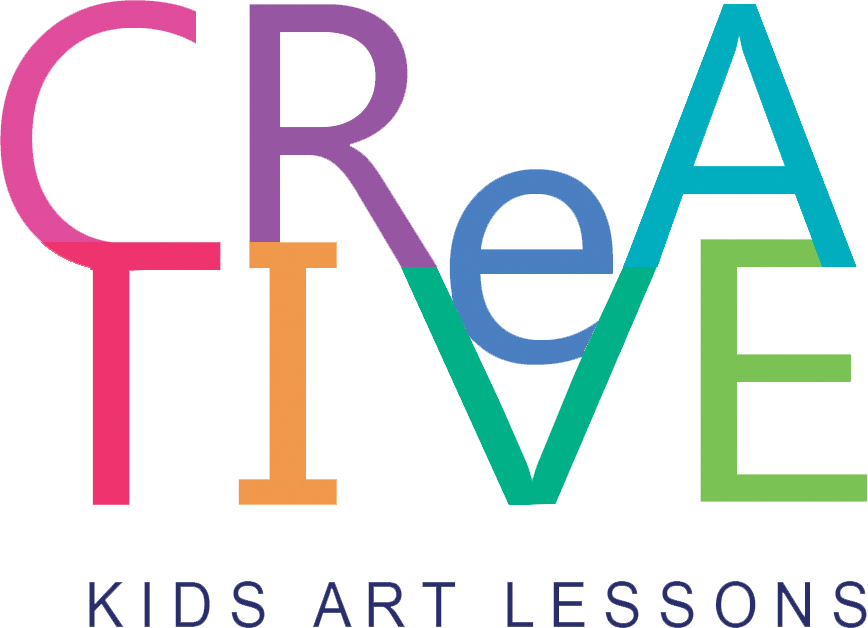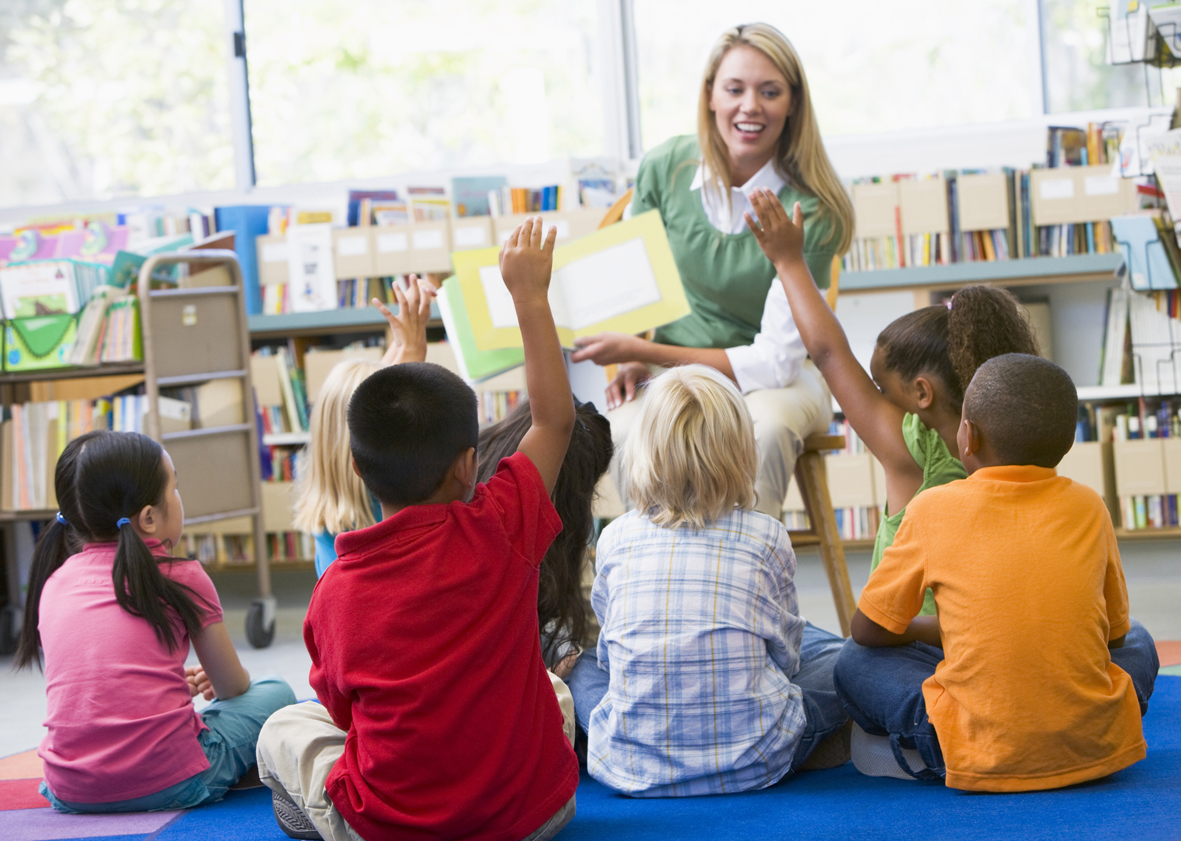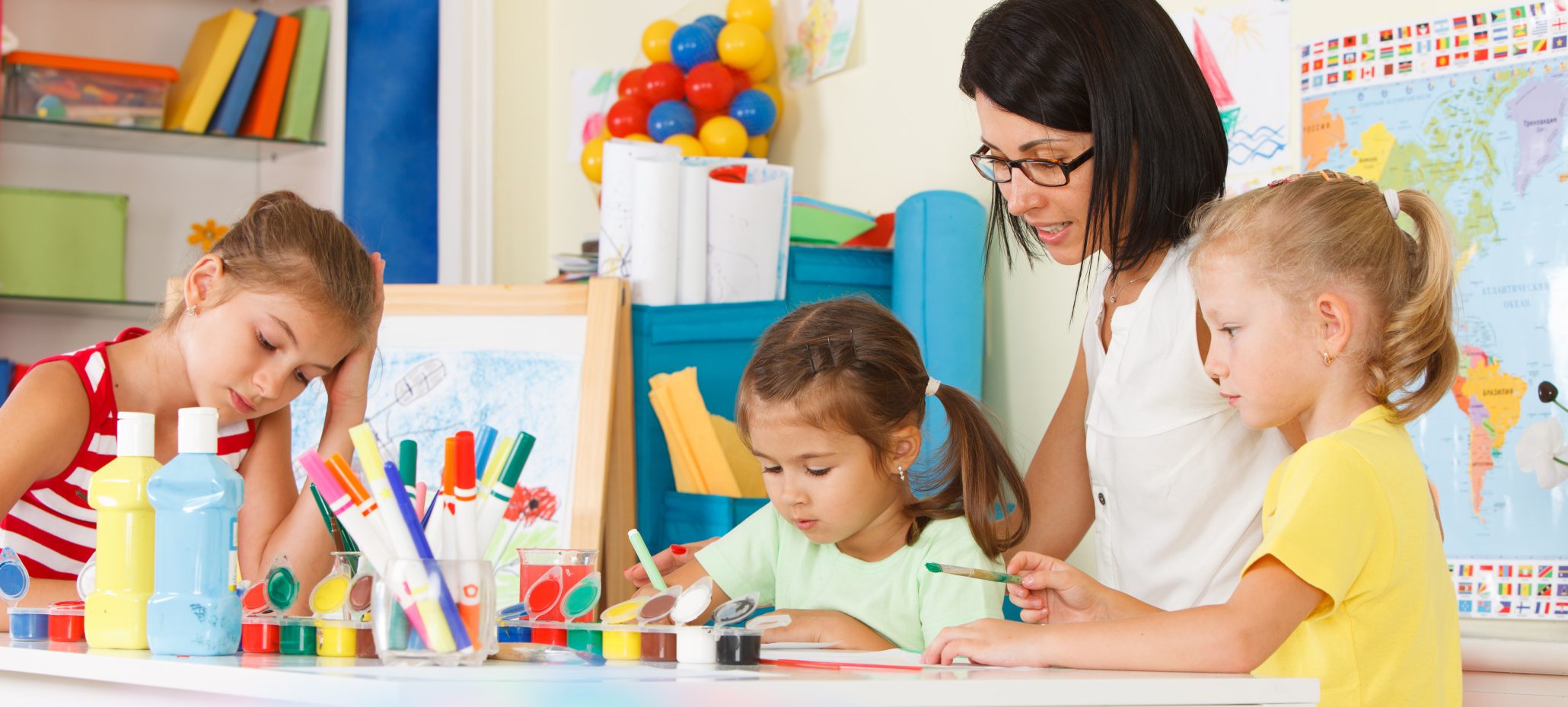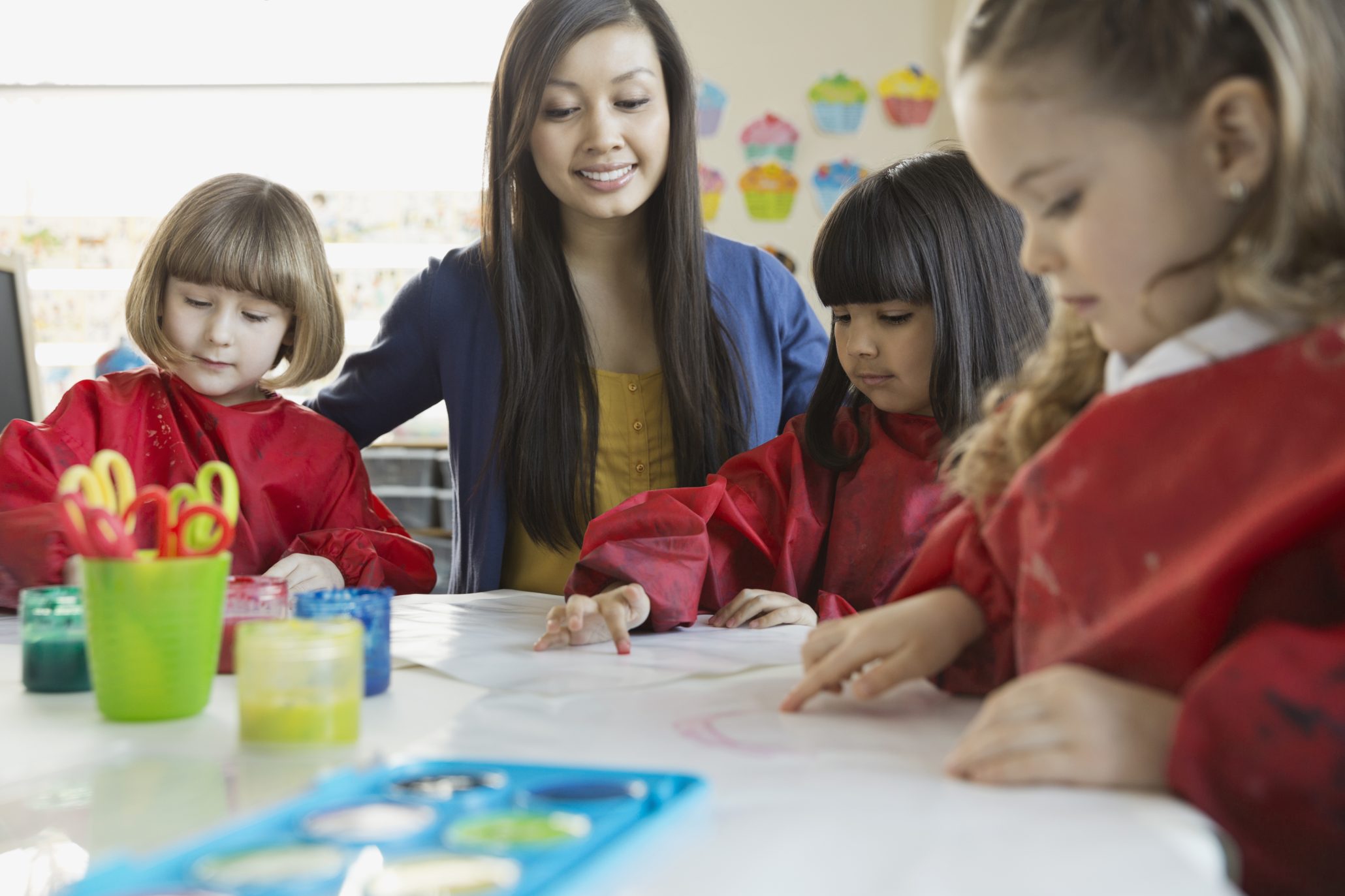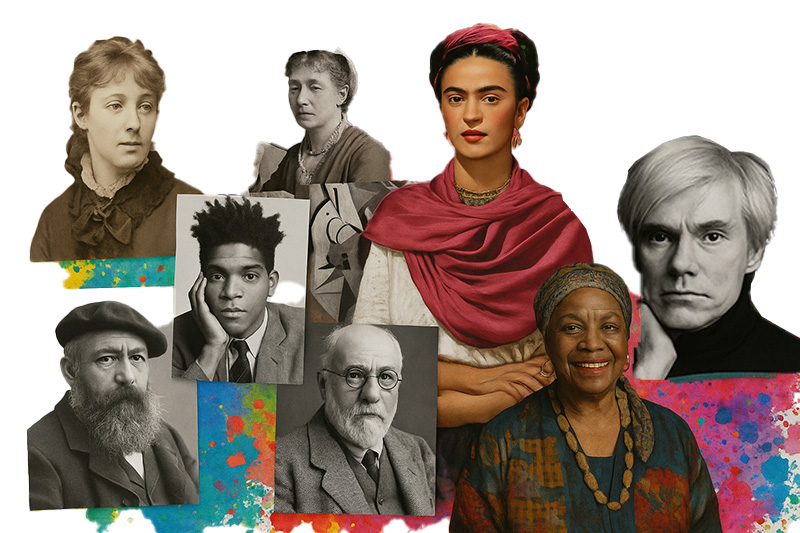There are so many books available on individual artists that can enhance your classroom art program. If you have room in your budget to purchase them, they can give background to artists you are studying and of course everyone loves to listen to a story!
You may even be able to talk to your school librarian and see if some of the books could be purchased from the library budget. Here are some we recommend.
10 Artist Based Books for the Art Room
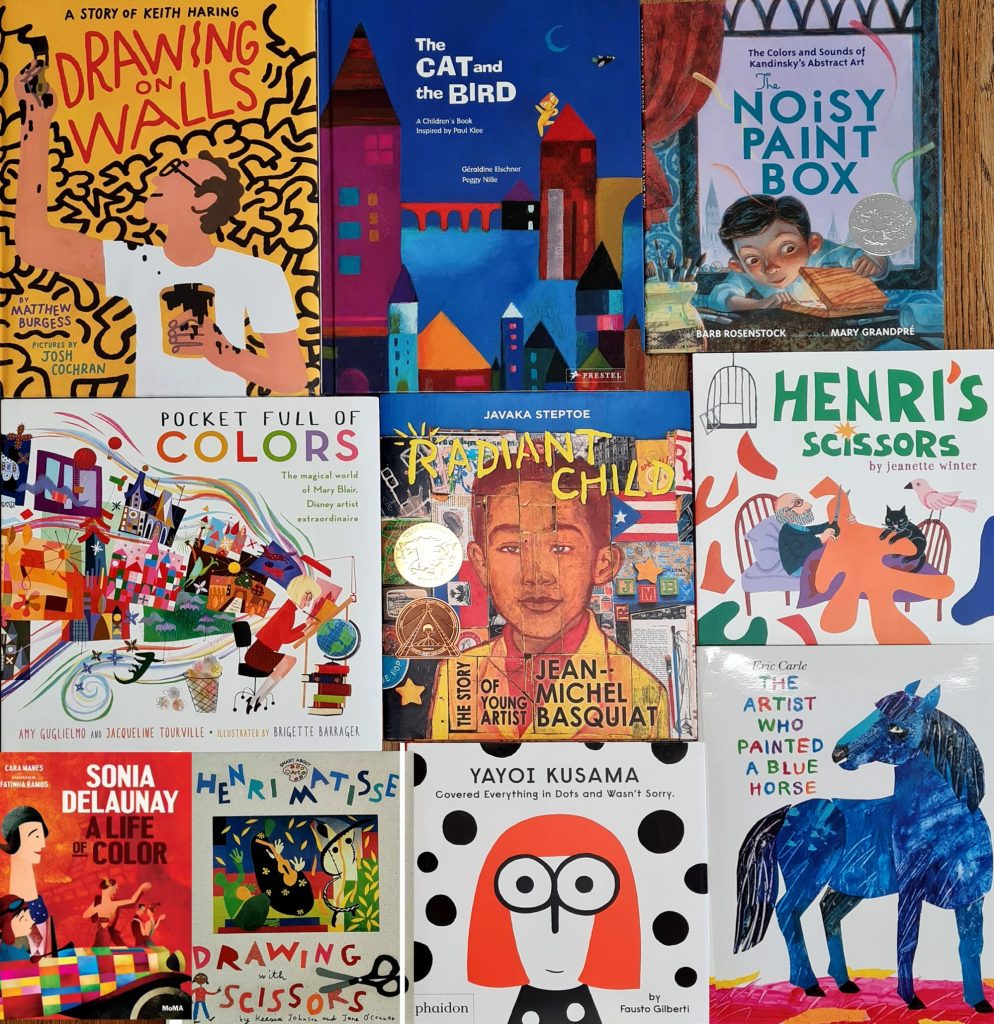
These books are based on some of our favourite individual artists to inspire projects in the art room! We only read them when we are doing a project that spans several weeks, otherwise it can take up a lot of your creating time. Stories are a great way to settle a class before beginning a new project too.
- Keith Haring – Drawing on Walls by Matthew Burgess
- Paul Klee – The Cat and the Bird by Geraldine Elschner
- Wassily Kandinsky – The Noisy Paintbox by Barb Rosenstock
- Mary Blair – Pocketful of Colours by Amy Guglielmo
- Jean Michel Basquiat – Radiant Child by Javaka Steptoe
- Henri Matisse – Henri’s Scissors by Jeanette Winter and
- Henri Matisse – Drawing with Scissors by Keesia Johnson and Jane O’Connor
- Sonia Delauney – A Life of Colour by Cara Manes
- Yayoi Kusama – Yayoi Kusama Covered Everything in Dots and Wasn’t Sorry by Fausto Gilbert
- Eric Carle – The Artist who Painted a Blue Horse by Eric Carle
You can use books to introduce students to different artists from different art periods and cultures. Books will highlight the life, work, and unique styles of the artist which assists students in developing an appreciation for different artistic techniques and styles.
The book on Eric Carle shows his painted paper collage works and fun use of colour. It can be used to inspire the Mr Seahorse and The Very Hungry Caterpillar artworks available in the Illustrators Unit. The book can be the start of an interesting discussion which encourages students to observe and interpret the images. Why does he paint the horse blue? Through discussion students can develop critical thinking skills and learn to articulate their opinions about the artworks they encounter.
Many of these books are biographical so they can inspire young students by sharing stories of the artists’ struggles, achievements, and unique perspectives. Biographies that focus on specific artists and their contributions, provide insight into the artist’s background, creative process, and the inspirations behind their artwork. For example, the books on Matisse could be used in conjunction with the Matisse inspired lesson plans in the Post-Impressionists unit.
Colour Mixing Books for Young Students
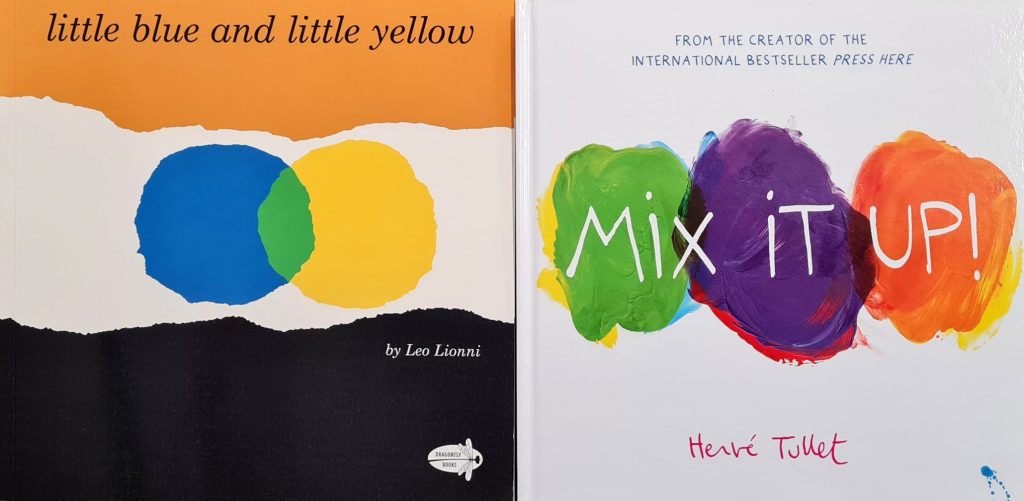
Art books can be used to teach a technique or concept such as colour mixing. These two books provide visual examples and instructions on how to mix primary colours together. Herve Tullet has also published many other art books for kids, we have a few of them!
1. Little Blue and Little Yellow by Leo Lionni (younger age range – kinder) Mixing yellow and blue to get green
2. Mix it Up by Herve Tullet (lower primary or elementary) Mixing primary colours to get secondary colours.
Books about artists can spark students’ creativity and serve as inspiration to create their own artwork. As teachers, we can encourage students to create art based on the style, subject matter, or techniques discovered in the books.
By incorporating books about artists into the primary art room, teachers provide opportunities for students to connect with art history, learn new techniques, and develop a deeper appreciation for the artistic process.
Books to Empower Students
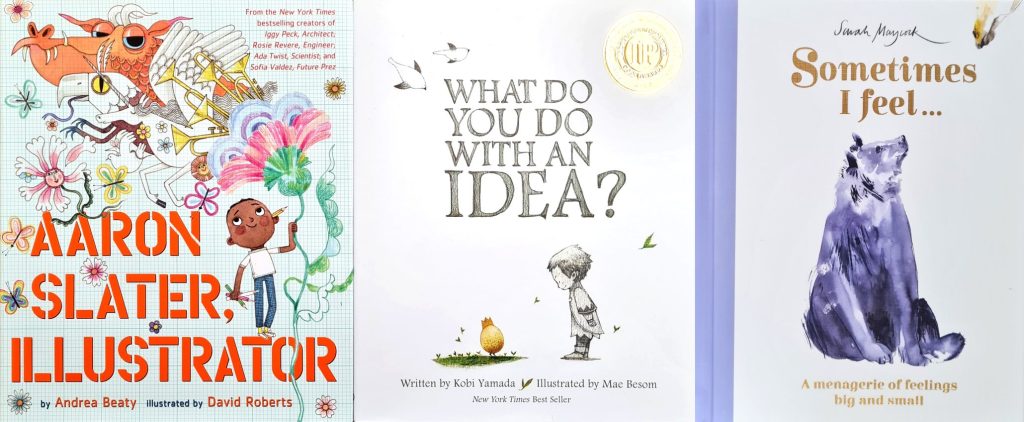
While these books aren’t based on artists they can prove very useful in the artroom.
- Feelings and Emotions – Sometimes I Feel, by Sarah Maycock
This is a great book to tie in with the unit on wellbeing in the art room. It compares emotions and feelings to the characteristics of animals. For example, ‘I feel as happy as happy as a lark. But not all days can be filled with song… and sometimes I will need time before I can join in with the chorus’. - Individual Learning Differences – Aaron Slater- Illustrator, by Andrea Beaty
This is a wonderful story about a boy with dyslexia. It helps children to understand we all have different learning abilities, and strengths and to be accepting of their classmates. - Confidence in Art – What Do You Do with an Idea?, by Kobi Yamada
This is a wonderful story about a child with an idea and what happens when the child tries to ignore it, share it and then has the confidence to develop it and give the idea free reign. It also speaks to the kids that lack confidence in art, in trying new things, making mistakes, and having a go. Self-belief and developing confidence are the underlying themes.
Latest Articles
Popular kids art lessons for teachers and ideas for the artroom
Tips for creating with fibre and Textiles in the classroom […]
10 Tips to Support Mental Health and Wellbeing for Art […]
Celebrating Artists’ Birthdays All Year Round Why not bring a […]
